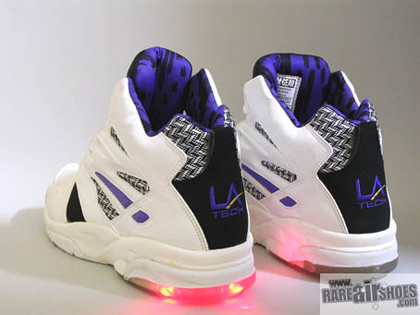 On October 11, 2010, the new CoHo opened on the U.C. Davis campus. Under construction for almost two years, the new CoHo looks more modern and aesthetically appealing. Not knowing what the new Coho would look like while under construction, I was pleasantly surprised when I walked in on that Monday.
On October 11, 2010, the new CoHo opened on the U.C. Davis campus. Under construction for almost two years, the new CoHo looks more modern and aesthetically appealing. Not knowing what the new Coho would look like while under construction, I was pleasantly surprised when I walked in on that Monday.When I first encountered the CoHo when I was a freshman at UC Davis, I honestly didn’t think anything of it. Since I never needed to buy food or drinks there (thank you, DC!), I didn’t feel an urge to ever go. This changed my sophomore year, when I was on campus for longer parts of the day and needed some sustenance to keep me going throughout the day. However, I never actually liked spending time in the CoHo. It was just a place to go in, buy my food, and leave. It looked like a typical cafeteria area that every college had. It was a little old looking, but it served its purpose. The food counters and cashier stands were plain blocks with very little color to them. The tables and chairs were just standard chairs you would see on campus in a large room. Basically, nothing was very attractive at the CoHo.
After years of construction (or that’s what it seemed like to me), the CoHo finally opened and WOW. Compared to the old one, the design of the new CoHo has improved tenfold. It’s definitely a “happenin’” place to be and is always bustling with people. There are new booths that my roommate and I so fittingly call “comfy booths” because they look like just that – comfy! The new signs, counters, and cashier stands are a lot more colorful and inviting. The furniture looks a lot more appealing to sit in and makes you want to actually spend time in the CoHo. Each food counter has accents that make it unique and entices you to look at its menu. In my eyes, this new CoHo is modern, up-to-date, and a place UC Davis will definitely be showing off in the following years.















